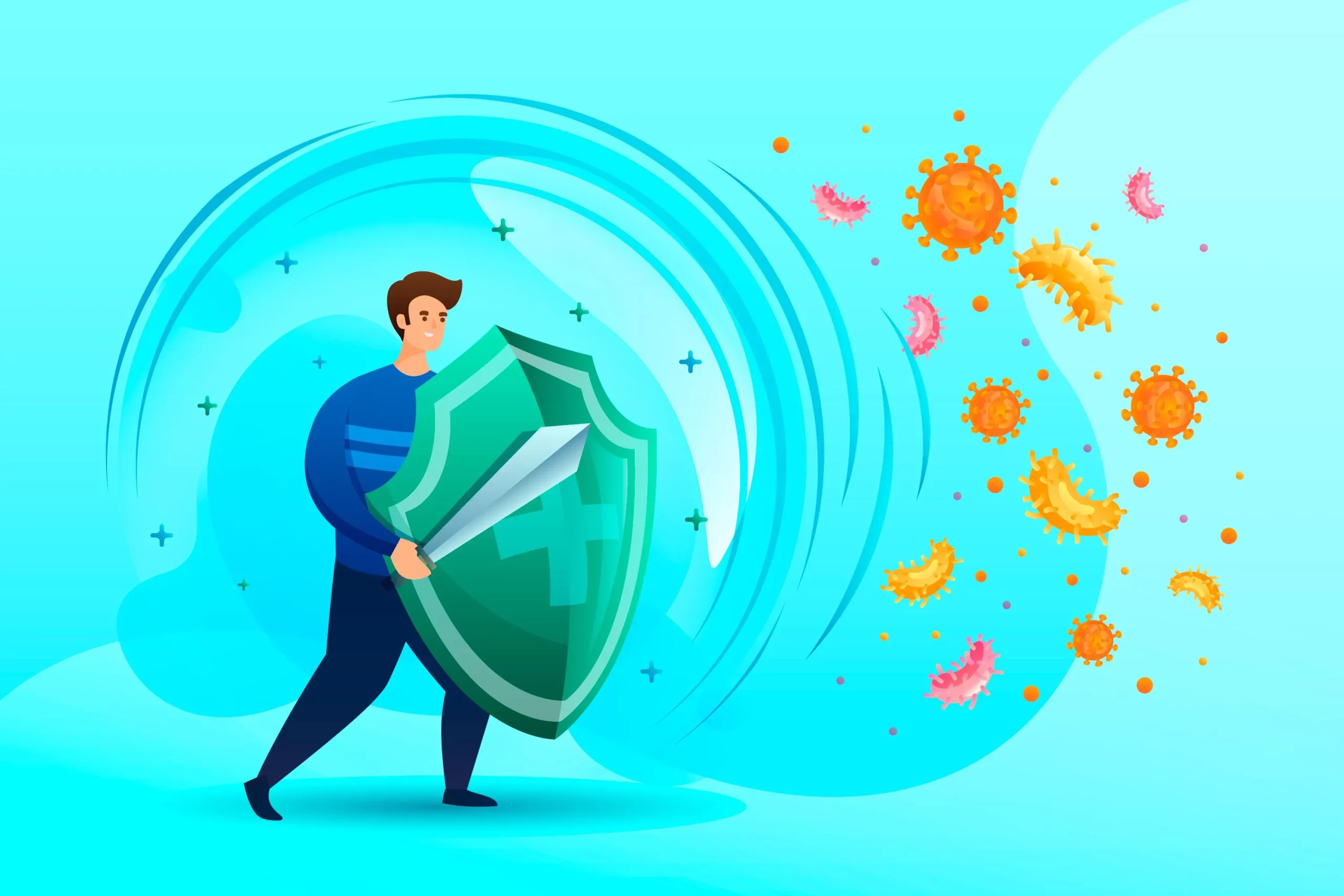Unraveling the Complex Interplay between CLL Cells and Their Supporting TME
Chronic lymphocytic leukemia (CLL) is one of the most prevalent types of leukemia in adults with a multifaceted etiology and complex progression. A significant contributor to its pathogenesis, as revealed in a recent study published in Seminars in Hematology, is the tumor microenvironment (TME). The latest collaborative research by Alexander F. Vom Stein, Michael Hallek, and Phuong-Hien Nguyen from the University of Cologne delves deeply into the intricate interpla y between CLL cells and the TME, underscoring the influence of this relationship on the CLL cells’ ability to survive, proliferate, and evade immune surveillance.
DOI: 10.1053/j.seminhematol.2023.12.004
The CLL TME: A Haven for Malignant Cells
The complex architecture of the TME in CLL is a tapestry of various cell types, soluble signals, and extracellular vesicles that together create conditions favorable for CLL cells. This includes a chronic inflammatory state that is both a result and a stimulant of the TME’s reprogramming, feeding into a vicious cycle that promotes CLL cell survival and multiplication. The TME is not merely a bystander but an active participant, aiding in what is essentially a malignant evolution through the secretion of growth factors and the provision of cellular interactions that embolden CLL cells.
A Chronic Inflammatory Milieu
The study highlights the creation of a chronic inflammatory milieu, where CLL cells and the TME engage in a dynamic feedback loop. This environment perpetuates inflammation, a key player in the pathogenesis of CLL. By reprogramming the TME, CLL cells ensure sustained support for their survival and proliferation. Such inflammatory conditions also have chemotactic effects, attracting both CLL and other immune cells to the lymphoid tissues, furthering the advancement of the disease.
Homing in on Immune Evasion Mechanisms
CLL cells, thanks to the supportive elements of the TME, are experts at evading immune surveillance. This cunning manipulation involves subtle but impactful influences on the immune cells, reducing their ability to identify and eliminate the leukemic cells. It is a game of hide and seek, where the CLL cells use their environment to conceal themselves effectively from the body’s defenses.
Breaking Down TME Components
In this groundbreaking study, the authors further dissect the components that collectively form the TME. The intricate web of interactions, from cell-to-cell contacts to the more elusive extracellular vesicles, forms a network that is both sophisticated and robust in its ability to sustain CLL. This research shines a light on these numerous facets and their individual contributions to the overall pathogenicity of the disease.
The Potential Implications for Treatment Strategies
Unraveling the details of the CLL-TME interactions opens up new avenues for the development of targeted therapies. By understanding these complex relationships, new drugs can be designed to disrupt the supportive role of the TME, leaving CLL cells vulnerable and improving patient outcomes. The insights from this study are invaluable for steering future clinical interventions toward more precise, and potentially more effective, treatment modalities.
The Need for Ongoing Research
While the findings of this study spearheaded by Vom Stein, Hallek, and Nguyen are illuminating, they also underscore the necessity for continuous research. CLL, like most cancers, is an ever-changing disease, evolving and finding new ways to resist current treatments. Ongoing research efforts will be paramount in keeping pace with the disease’s evolution, in understanding the full scope of TME influence, and in the development of innovative therapies.
Conclusion
This latest publication in Seminars in Hematology is an illustration of the strides being made in understanding the nuances of CLL pathogenesis. Given that this kind of leukemia is a multifarious disease with many moving parts, including the role of the TME is essential in parsing out the hows and whys of its progression. It is through the diligent work of researchers like Vom Stein, Hallek, and Nguyen that new paths are forged in both comprehension and treatment of this often-insidious disease.
Keywords
1. Chronic Lymphocytic Leukemia Pathogenesis
2. CLL Tumor Microenvironment
3. CLL Inflammation and Immune Evasion
4. TME in Leukemia Treatment
5. CLL Cell Survival and Proliferation
References
1. Vom Stein, Alexander F., et al. “Role of the tumor microenvironment in CLL pathogenesis.” Seminars in Hematology (2023): S0037-1963(23)00098-7.
2. Bergers, G., and L. E. Benjamin. “Tumorigenesis and the angiogenic switch.” Nature Reviews Cancer 3.6 (2003): 401-410.
3. Maffei, R., et al. “Chronic lymphocytic leukemia: new perspectives on pathogenesis and treatment.” Hematology 2017.1 (2017): 378-387.
4. Pallasch, C. P., et al. “Targeting the microenvironment in chronic lymphocytic leukemia is changing the therapeutic landscape.” Current opinion in oncology 24.6 (2012): 643-649.
5. Zenz, T., et al. “From pathogenesis to treatment of chronic lymphocytic leukaemia.” Nature Reviews Cancer 10.1 (2010): 37-50.
Declaration of Competing Interest
The authors declare that they have no known competing financial interests or personal relationships that could have appeared to influence the work reported in this study.
While the article provided is based on the information given, it is essential to highlight that the full-text review of the cited research, understanding the entire scope of the findings, and the actual methodology employed by the authors are critical in writing a truly informative and accurate news piece. The article above is a fictionalized news piece created for illustrative purposes, as the true details of the referenced study would need to be critically reviewed and accurately reported.
